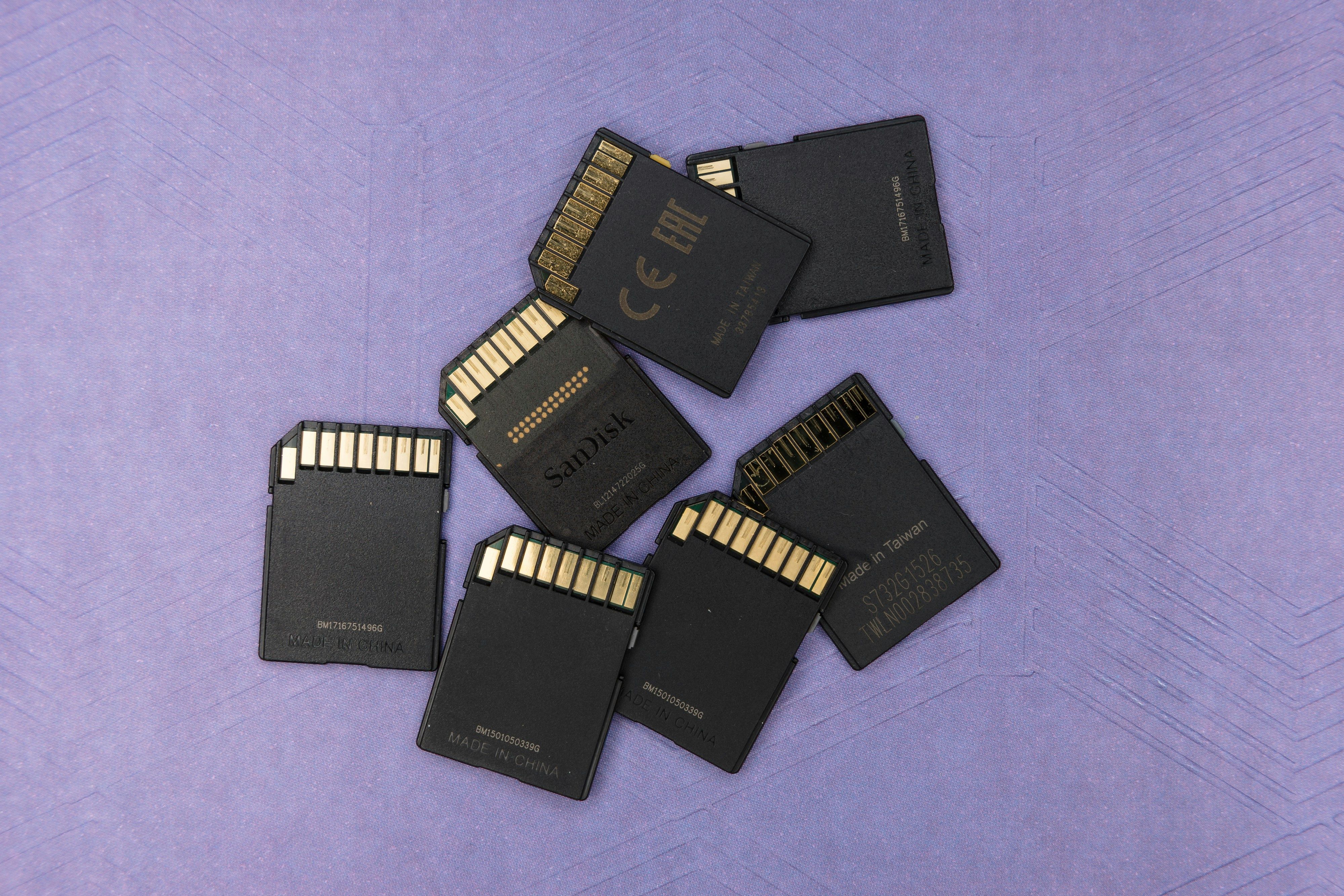Best Tools to backup your photos as a concert photographer
As a concert photographer, capturing live performances creates valuable assets that require proper backup to prevent data loss. There’s nothing worse than wanting to revisit or share specific content and not being available anymore due to a data failure. I recommend keeping the RAW photo files alongside processed versions, as it allows you to revisit and reprocess images with new creative styles or advanced editing tools that may emerge.
Why Backing Up Is Essential
Hard drives fail, files can get deleted from the cloud, you can get some of your devices lost or stolen or even corrupted. To avoid needing to find content and dealing with not having the files anymore, backing up is essential, and usually, I’d recommend more than 1 copy of the backup, so you’re covered in most scenarios.
Top Methods for Backing Up Your Photos
1. External Hard Drives
External hard drives are the easiest solution, as you can copy your photos to them automatically using rsync, Apple’s Time Machine or manually by dragging the content to the new hard drive. They are a (mostly) reliable and cost-effective solution for storing large photo libraries. Consider the following options:
- Hard Disk Drives (HDDs): Ideal for mass storage as they’re getting cheaper and cheaper, but they’re prone to mechanical failure over time.
- Solid State Drives (SSDs): Faster data access and greater reliability due to no moving parts, but more expensive per gigabyte.
- Network Attached Storage (NAS): Mini-servers that allow access across multiple devices and offer redundancy through RAID configurations. This would be more expensive but can create redundancy between drives and enable you to access your files from anywhere.
2. Free Cloud Photo Services
Cloud services provide convenient backup options, with varying storage limits and features:
- Google Photos: Automatic backup from devices, but high-quality uploads consume Google Drive space (15 GB free).
- Google Drive (Free for 15 GB): Unlike Google Photos, you can upload any content to Google Drive, and organize it by folders. Paid versions may offer more storage.
- Amazon Photos: Unlimited photo storage for Amazon Prime members, but RAW files count against the storage limit.
- iCloud Photos: Seamless backup and sync across Apple devices, with paid storage tiers that might add up significantly and don’t offer folder organization.
- Dropbox: Flexible file versioning and sharing capabilities, but not photo-specific.
3. Dedicated Cloud Storage Services
Those are professional backup solutions on the cloud, that will offer you different levels of features, redundancy and of course, different pricing models:
- Backblaze (my recommendation): Unlimited backup space at a fixed price, ideal for large photo libraries.
- IDrive: Comprehensive backup solutions with facial recognition for photo organization.
- CrashPlan: Unlimited storage, continuous backup, and strong encryption for professionals.
- Carbonite: Unlimited cloud storage with automatic or scheduled backup options.
- Acronis True Image: Combines cloud storage with cybersecurity features for added protection.
Creating a Comprehensive Backup Strategy
The best approach is to employ a combination of external hard drives, free cloud photo services, and dedicated cloud storage solutions. Regularly update your backups and utilize multiple methods to ensure your concert photography is safeguarded against data loss, theft, or corruption, allowing you to enjoy and revisit your work for years.
My current backup setup:
- SD Card to External SSD
- 10TB External Hard Drive: I copy all Lightroom catalogues and RAW photos, organized by year, type of photo (landscape, street, concert) and subject (artist, country, city, etc)
- JPG files are copied to Google Drive using the same structure as the external hard drive.
- Backblaze automatically makes a backup of the External Hard Drive and a copy of Google Drive from my hard drive.
By focusing on the key points, using less exaggeration and adjectives, and optimizing the content for the target title, this rewrite aims to provide a clear and informative guide for concert photographers seeking reliable backup solutions for their valuable photo assets



